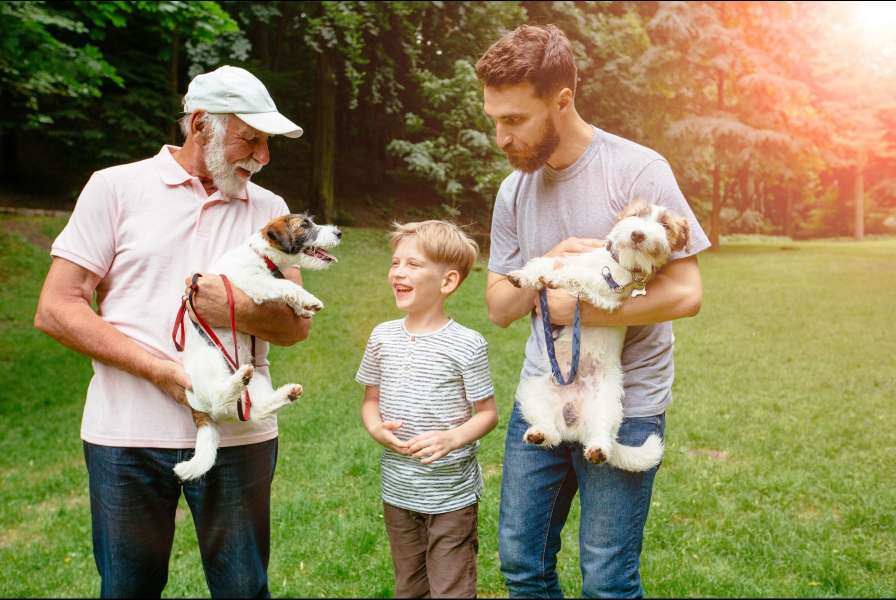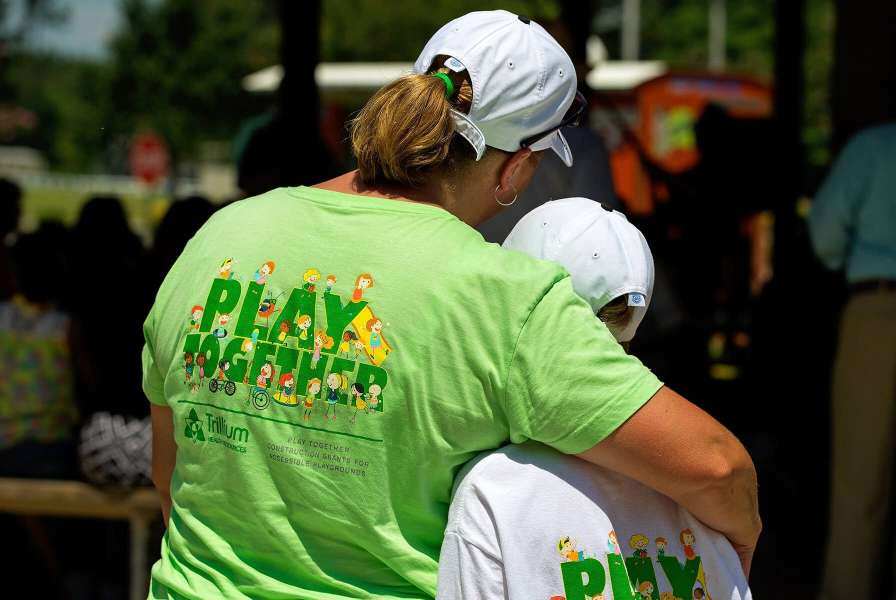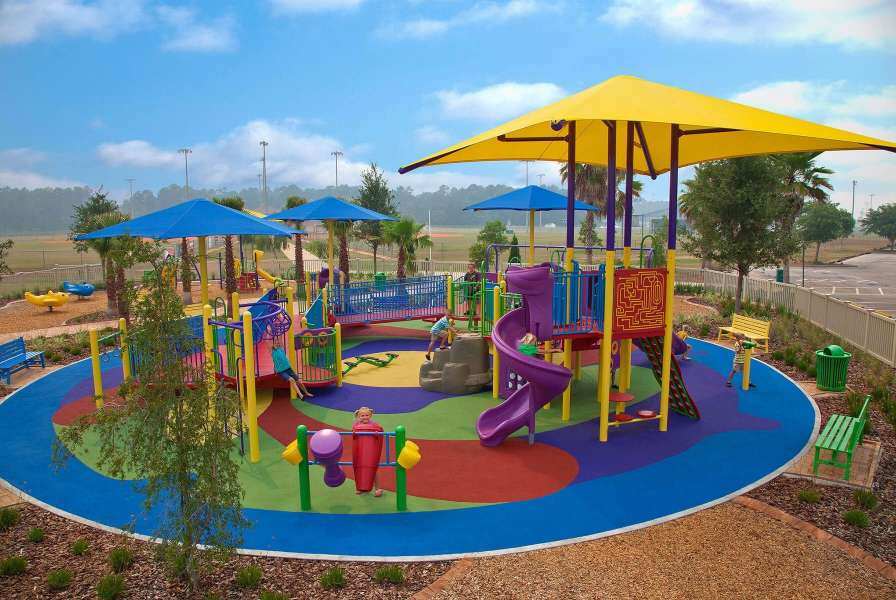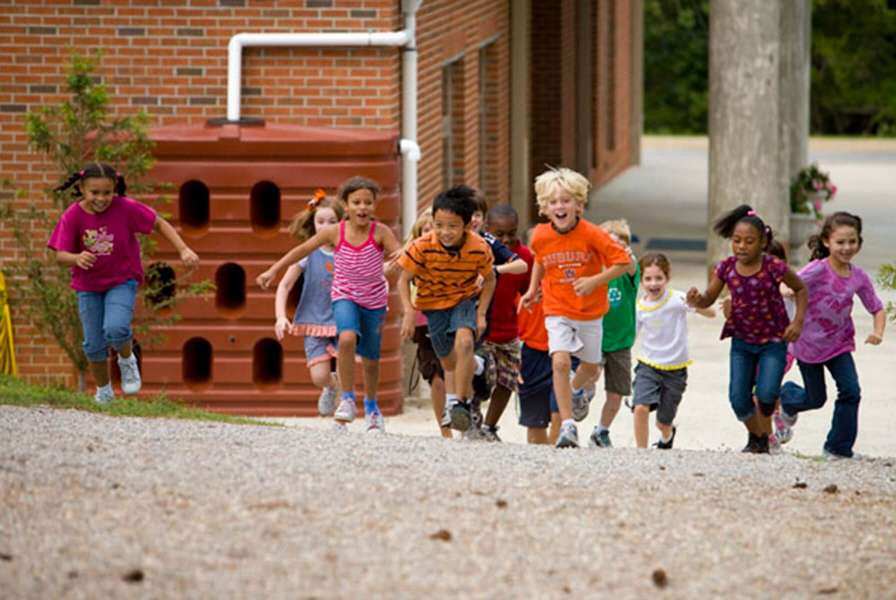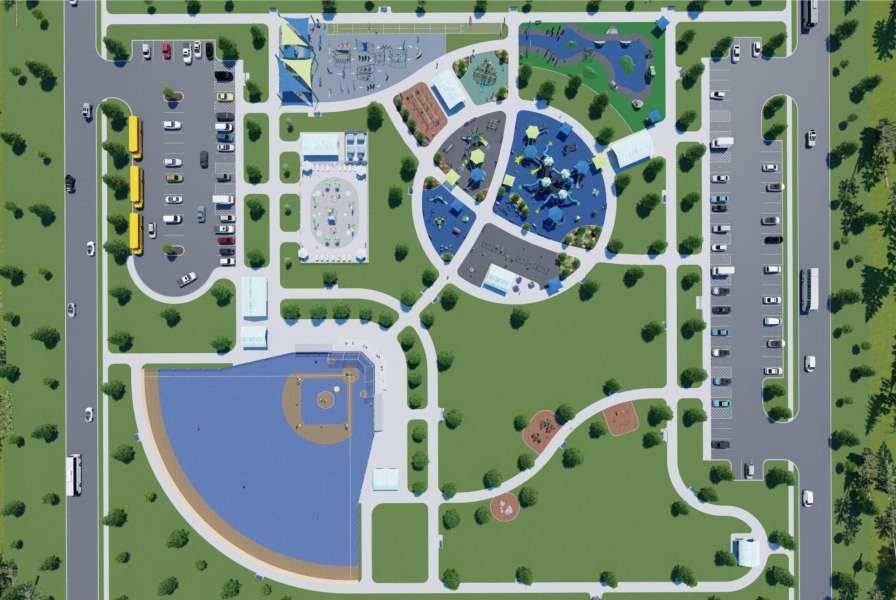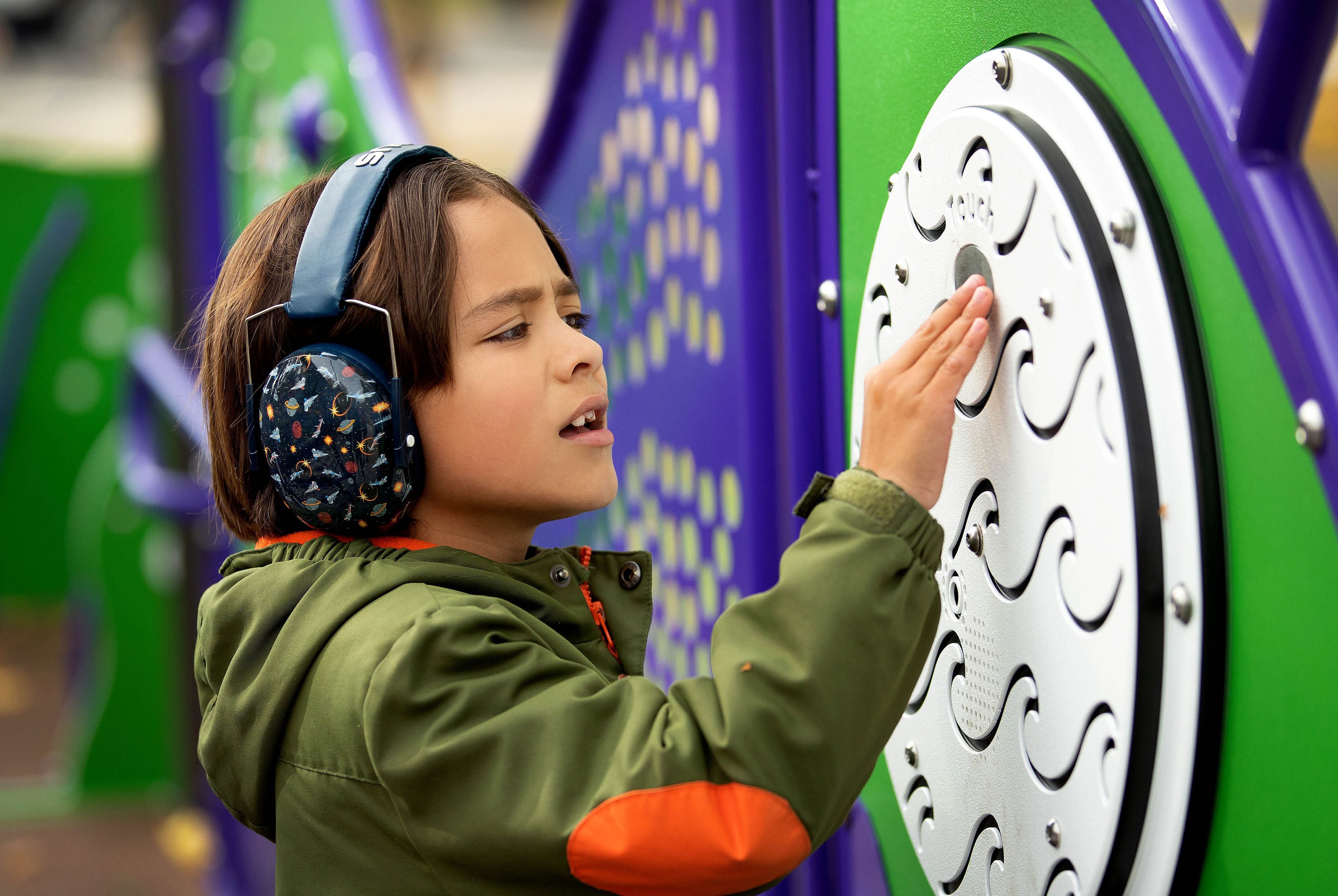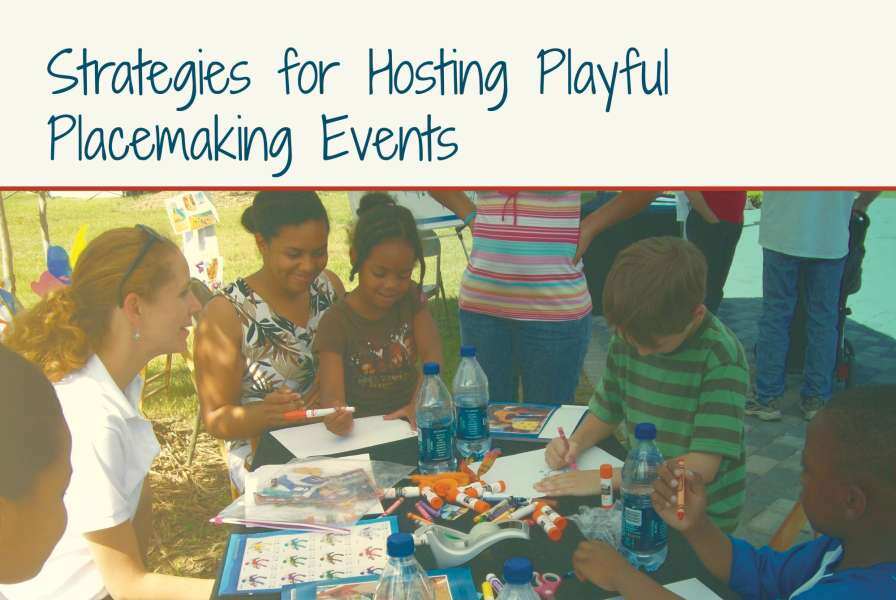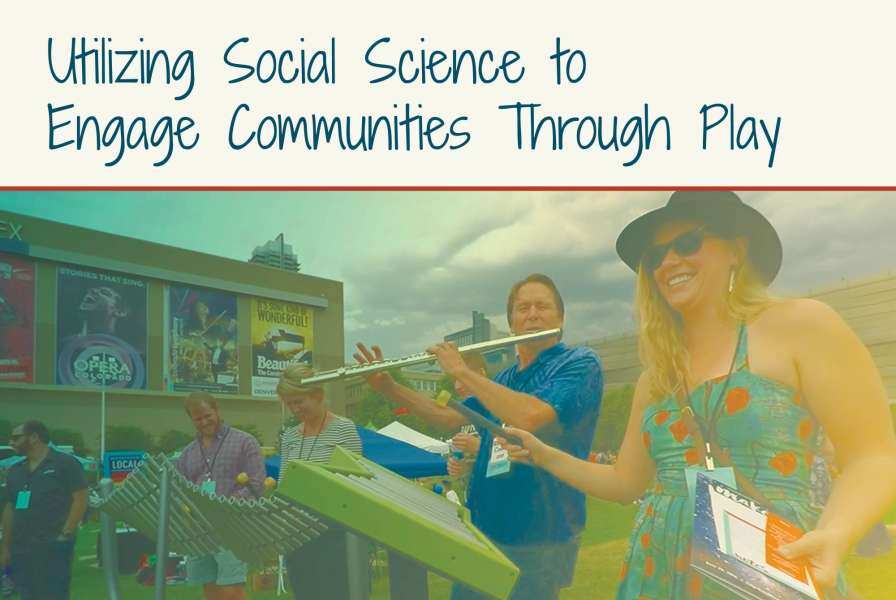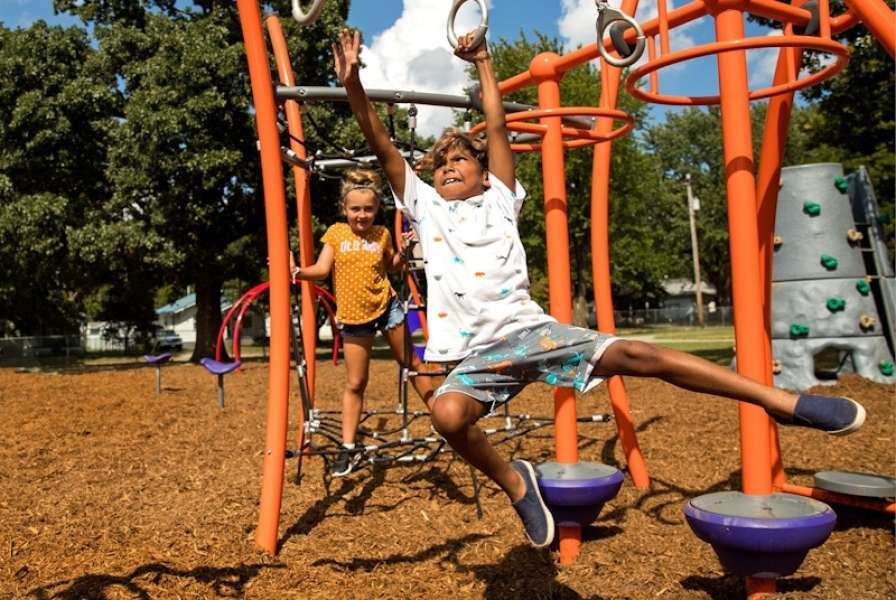Communities are made up of people of all ages. However, a study conducted by the RAND Corporation found that parks are increasingly geared toward the young. The study focused on cities with a population of more than 100,000; data collectors were sent into 174 parks in 25 major cities, asking them to describe the facilities and conditions, and the demographics of users during a typical week in spring or summer.
Park amenities varied, but across the entire survey sample, almost all had lawns and play areas. About half had outdoor basketball courts and baseball fields. But just 29% had a walking loop, and the percentage of parks with a dedicated fitness space was in the single digits. Adults ages 60 and up made up only 4% of park-goers, even though they're 20% of the population. Thirty-eight percent of park users were children and 13% teens, though those demographic groups represent 20% and 7% of the U.S. population, respectively.
Parks and open space are meant to be used by everyone, and a well-designed park provides benefits for all generations. However, as suggested by the study, many parks and public spaces may not be set up for maximum enjoyment by all generations. Understanding a community’s residents, maintaining the right balance of infrastructure, programming, and amenities, and obtaining meaningful feedback, all while balancing budgets and competing priorities can be challenging. Studies have documented the connections between nature experiences and human health and wellness, and evidence confirms that natural environments can reduce stress, contribute to positive emotions, and promote social engagement and support across generations in a variety of ways. One of the most important aspects in creating intergenerational relationships is designing the physical environment to plays a role in promoting intergenerational engagement. Adults who are concerned about the world they leave behind are tasked with ensuring this love, appreciation, and concern about the state of the world is curated among the young who will inherit it, and intergenerational opportunities in nature are a valid way to help this happen.
By bringing together people from all backgrounds and ages, the public places we share can combat generational silos, segregation and other age-related issues we are facing as a nation, while helping to ensure equitable access for all. Intergenerational design aims to bring people together through purposeful, mutually beneficial activities that promote greater understanding and respect between generations. Additionally, investing in these spaces fosters value creation by building cohesive communities, encouraging additional investments in neighborhoods and local businesses, and changing the perception of safety.
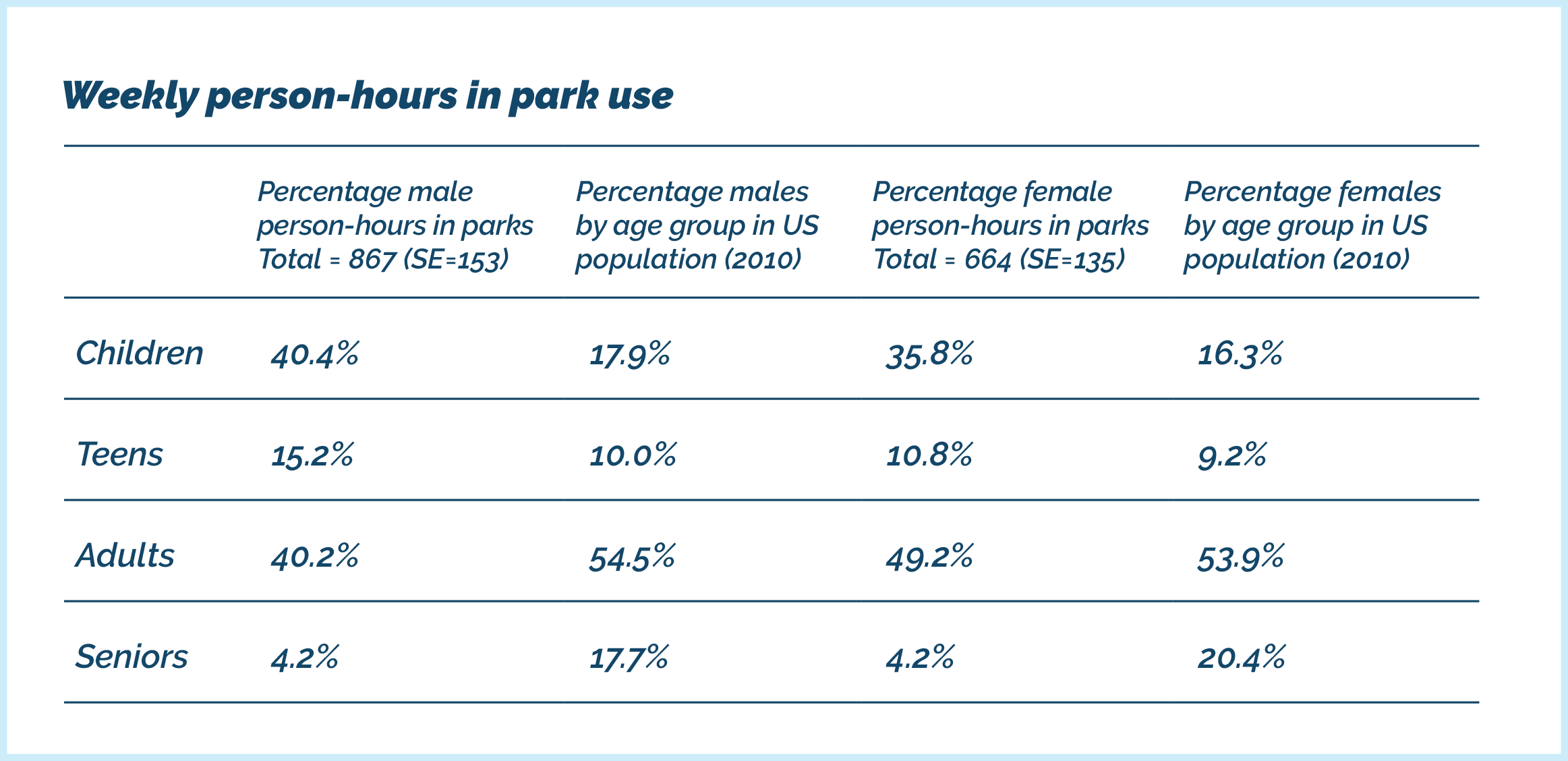
As demonstrated in the RAND study, neighborhood parks and programmed activities tend to be geared toward youths more than adults. Disparities in park use include low use by adults, seniors, women, and girls, and lower use in high-poverty areas. Designing public spaces to attract and hold the attention of multiple generations can be achieved with a meaningful design plan that considers the many ways people can gather and participate across intergenerational groups. Think first about the types of intergenerational behaviors, like walking, reflecting, exercising, and playing, then give consideration to the amenities that can be added to each behavior zone to encourage participation. It is not enough to simply add amenities that are exclusive to a single age group, but rather we must understand the behaviors and activities that people of all ages may be interested in, and how the environments we create foster a feeling of inclusion, not exclusion, across the age spectrum.
Additionally, even within multigenerational spaces there may be some highly active areas where observation rather than the event itself is the more enjoyable pursuit. As an example, seating/bleachers around sport courts, skateboard areas, and similar “high energy” active spaces provide ways to passively enjoy the activity, with the addition of clearly marked routes to and from the seating areas to avoid conflict with more dynamic participants. However, there may be times when people would prefer solitude or gathering with their own generation, so providing choice and flexibility in how to engage is key, and organizing park spaces to facilitate interaction while considering people’s need for privacy is important so that interaction isn’t forced and the park is meaningful in terms of how much or how little one chooses to interact. For more ideas on creating intergenerational spaces, contact us.
